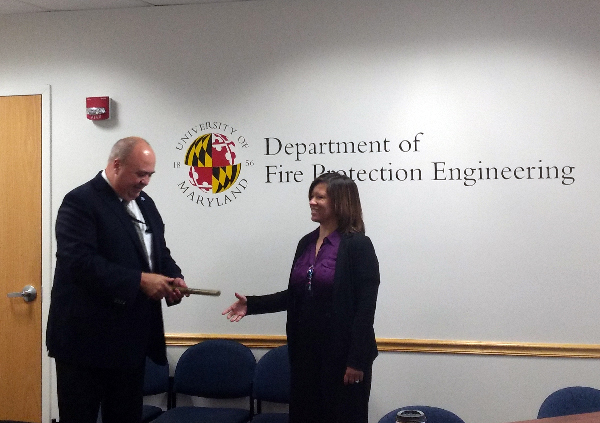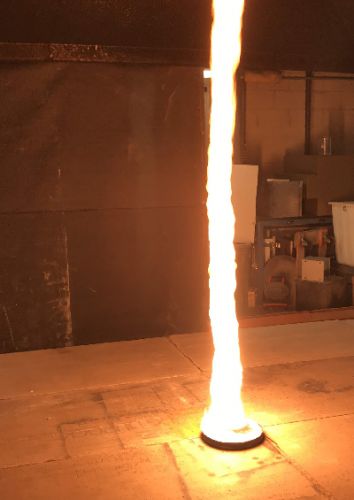Interagency Coordinating Committee on Oil Pollution Research Meeting
SEPTEMBER 16, 2019 — On September 11, the OR&R Emergency Response Division Chief and Senior Scientist participated in the 4th quarter FY2019 Interagency Coordinating Committee on Oil Pollution Research (ICCOPR) hosted by the University of Maryland’s Department of Fire Protection Engineering in College Park, Maryland.

The OR&R chair of the National Response Team’s Science and Technology Committee also participated virtually.
ICCOPR consists of 15 member agencies and was established by the Oil Pollution Act of 1990 to coordinate federal research efforts on oil pollution research topics. The group's 2015-2021 Research and Technology Plan helps to guide the oil pollution research efforts of the member agencies and inform others working in the oil pollution research field of federal interests and priorities.
The topical focus of the meeting was in situ burning or the intentional combustion of oil as a response technique, and included presentations by NOAA Air Research Laboratory on in situ burning emission studies following the 2010 Gulf Oil Spill as well as in a preparedness mode in support of the State of Alaska. Other agencies presented on burning research efforts and provided other research and development project updates. ICCOPR members also discussed biennial report progress and plans for the next Research and Technology Plan update.
At this meeting, Scott Lundgren concluded his biennial period as the vice chair of the committee and handed off the vice chair “baton” to the Bureau of Safety and Environmental Enforcement continuing the rotation of this role between a trio of agencies that also includes the Environmental Protection Agency.
For more information, contact Scott.Lundgren@noaa.gov.

